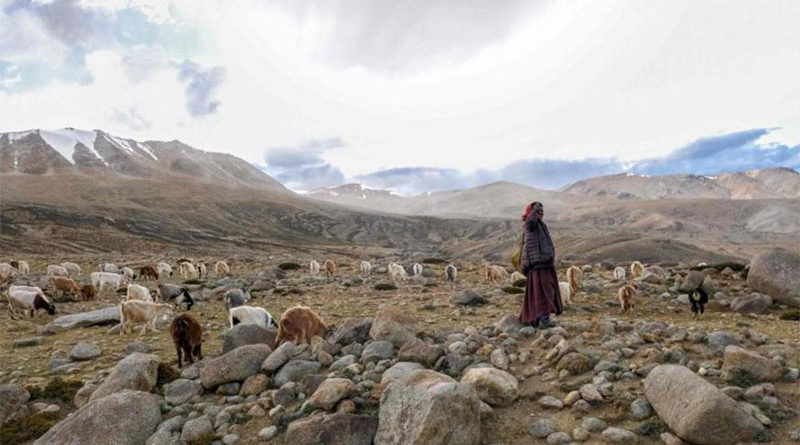China Building ‘Dual Use’ Villages Along Line Of Actual Control
Oct 20, 2021
In light of the events of the past 17 months, the Indian government is looking into its border pacts with China, one of which is the Border Defence Cooperation Agreement.
China is continuing to build what the Indian Army refers to as ‘dual-use’ border villages – while also cranking up its military exercises – according to GOC Eastern Army Command Lt General Manoj Pande.
Meanwhile, India is making sure it is fully prepared to handle the threat. In light of the events of the past 17 months, the Indian government is looking into its border pacts with China, one of which is the Border Defence Cooperation Agreement.
India is also assiduously working towards mitigating the threat to the vulnerable Siliguri Corridor or the “Chicken’s Neck”, eastern Army Command chief Lt-General Manoj Pande said.
Lt-Gen Pande, on his part, said Indian Army’s efforts “have been to respect the bilateral agreements and protocols” and “not show any aggression” in keeping with “our larger strategic guidance”, notwithstanding the actions or responses from the People’s Liberation Army.
“But consequent to what happened (in eastern Ladakh) and what we need to do in the future, this is something I reckon is being looked at, at the highest levels,” he added.
Across the 1,346 kilometer border in Assam that India shares with China, PLA reserve formations continue to remain in place.
“There has also been an increase in the scale and duration of PLA exercises, with a focus on integrated joint operations, this year. But these exercises are taking place in their traditional training areas in the depth,” said Lt-Gen Pande.
On the Line of Actual Control, there has been “a marginal increase” in Chinese patrols and the number of border defence troops in several areas like Asaphila due to infrastructure development.
“But we have adequate force-levels in every sector. In the eastern command, we are ensuring that our preparedness, our ability to react to any contingency remains very high. We are also maximising the use of technology for ISR (intelligence, surveillance and reconnaissance),” he said.
A major concern for the Indian forces is the Siliguri Corridor – a narrow strip of land that connects the northeast with the rest of India – where confrontations have taken place in the past. The most recent a 73-day stalemate in 2017 at Doklam near the Sikkim-Bhutan-Tibet tri-junction.
The fallout has been that the PLA has constructed military infrastructure and permanently deployed troops in north Doklam. With China keen on controlling Doklam, last week it also inked an MoU with Bhutan for expediting their bilateral boundary negotiations.
“Yes, the Siliguri Corridor is sensitive for us. We are looking at a ‘whole of nation’ approach, with the armed forces, Central Armed Police Forces, central agencies and state governments working together, to mitigate this threat,” said Lt-Gen Pande.
Courtesy: ET

